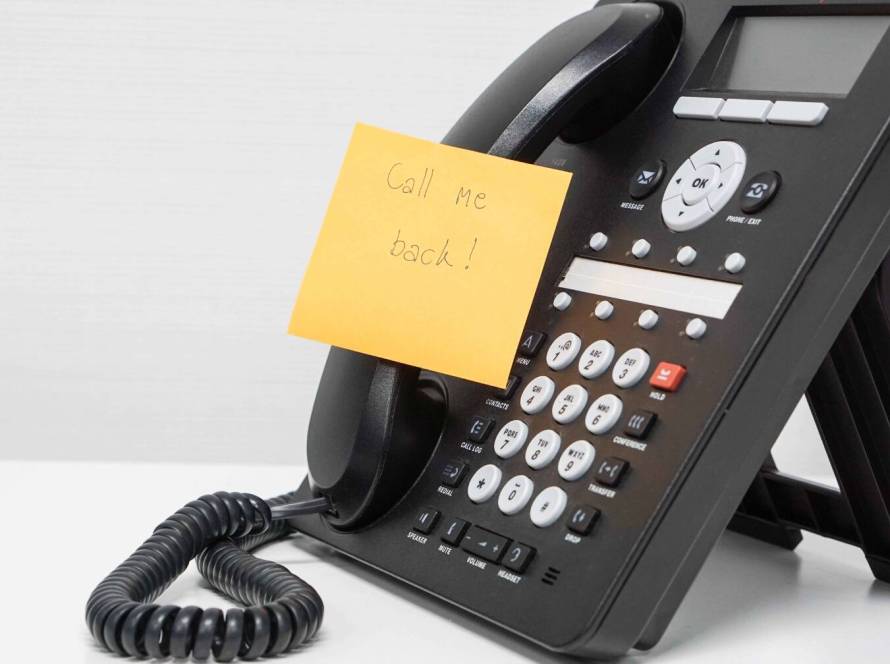Landline Forwarding to Cell Phone: Seamless Solutions
By Scarlett Harris, IVR Systems Specialist
In an increasingly mobile world, the need for flexibility in communication is paramount. Whether you’re a business owner seeking uninterrupted connectivity or an individual simplifying your life, the ability to forward your landline to a cell phone is a game-changer. In this article, we’ll explore the options and strategies for achieving this seamless transition.
Understanding Landline Forwarding
Before diving into the technicalities, let’s grasp the concept of landline forwarding. It’s the process of rerouting incoming calls from a traditional landline phone number to a cell phone number. This ensures that you never miss a call, even when you’re on the go.
Landline Forwarding Options
- Manual Call Forwarding: This basic method involves manually forwarding calls from your landline to your cell phone by dialing a specific code on your landline phone. It’s a quick solution for occasional forwarding, but it lacks automation.
- Carrier Services: Many landline service providers offer call forwarding services. Contact your landline provider to inquire about their forwarding options. They can often set up call forwarding on their end, allowing for a more seamless experience.
- Virtual Phone Systems: For businesses, virtual phone systems or cloud-based PBX (Private Branch Exchange) systems are excellent choices. They offer advanced call forwarding features, including time-based routing and custom greetings.
- Third-Party Apps: There are various third-party apps and services available for both individuals and businesses. These apps can forward calls from your landline number to your cell phone via the internet.

Setting Up Call Forwarding
The process for setting up call forwarding varies depending on the method you choose. Here’s a general overview:
- Manual Call Forwarding: Dial the specific code provided by your landline provider, followed by your cell phone number.
- Carrier Services: Contact your landline provider’s customer support to set up call forwarding. They will guide you through the process.
- Virtual Phone Systems: Log in to your virtual phone system’s online portal or contact their support team to configure call forwarding settings.
- Third-Party Apps: Download and install the app of your choice, and follow the app’s instructions to set up call forwarding.
Benefits of Landline Forwarding
- Never Miss Important Calls: Forwarding your landline to your cell phone ensures you’re always accessible, even when away from your landline.
- Enhanced Business Continuity: Businesses can maintain professionalism and continuity by forwarding calls to mobile devices, especially during remote work scenarios.
- Cost-Efficient: Utilizing call forwarding through modern solutions can be cost-effective compared to traditional long-distance charges.
Expert Advice for Seamless Forwarding
Scarlett Harris, an experienced specialist in designing and deploying Interactive Voice Response (IVR) systems enhanced with AI for improved customer interaction, suggests leveraging AI-powered IVR systems to automate call forwarding and provide callers with a seamless experience. AI can route calls intelligently based on caller needs and provide informative responses.
In conclusion, forwarding your landline to a cell phone is not only possible but also highly advantageous in our mobile-driven world. Whether you choose manual methods, carrier services, virtual phone systems, or third-party apps, the key is to ensure uninterrupted connectivity. Expert insights from Scarlett Harris highlight the potential of AI-enhanced IVR systems to take this capability to the next level, making communication smoother and more efficient than ever.
Scarlett Harris is a specialist with extensive experience in designing and deploying Interactive Voice Response (IVR) systems enhanced with AI for improved customer interaction. Her expertise in communication technology ensures that you can stay connected seamlessly.



